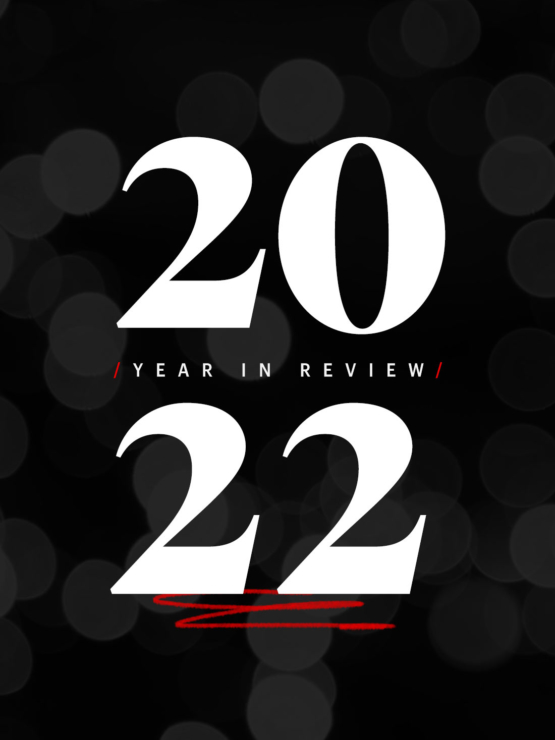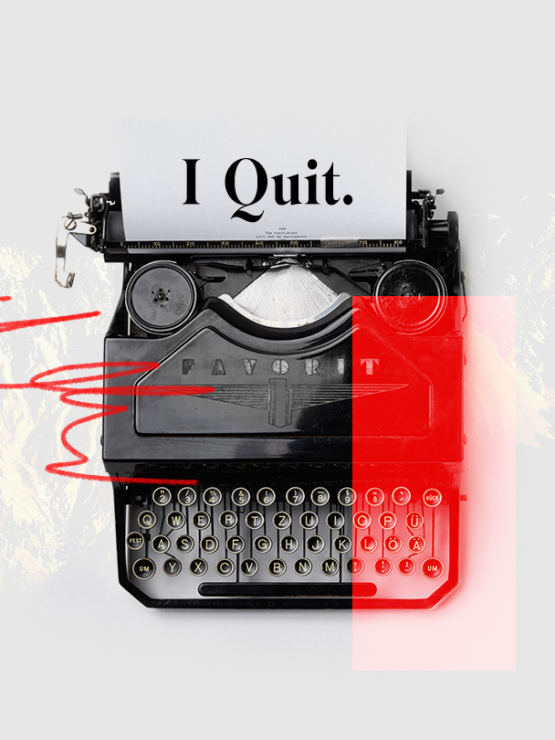Do you remember the first time you saw a pair of TOMS shoes? It’s hard to know what to make of them at first glance. I can remember a conversation at the office: “Are they slippers? They’re a little funky – when would it be appropriate to wear them? And why is everyone talking about them?”
But then TOMS started telling their story. Turns out they weren’t just selling shoes. TOMS’ branding began coming at us with laser focus: One for One. You buy a pair of shoes and someone in need gets a pair of shoes. This altruistic version of shopping made us all feel better. Our purchases meant we were doing something good for mankind. The TOMS story of One for One is short and sweet, so easy to understand. It was, and continues to be, a branding smash.
They’re funky, yes, and you’re still not sure when to wear them. But they’re the humanitarian’s shoe; the humanitarian’s shoe that boasts a funky $625M value.
Clear Stories Reduce Branding Gaps
Your company’s story is crystal clear to you because it’s personal to you. But your customer’s perception of you may be a world apart from your own. Hence, the brand gap. The goal of effective branding is to reduce this gap and increase the ease with which your consumers understand you. Clear and concise stories like those of Severino Pasta and Jade Yoga show how you can achieve this.
Severino Pasta
Severino tells a story of heritage, quality and family tradition. It’s a family-run business that makes delicious, homemade pasta. A mass-manufacturer didn’t produce the pasta, but years of hard work and tradition did. What started as a local Haddon Township institution has turned into national brand sold in Whole Foods and other retailers. And when a customer swings by on his way home from work to grab gourmet pasta for his family, he is taking a piece of the Severino family’s tradition home, too.
Jade Yoga
Jade Yoga introduced the yoga community to the first green and non-toxic yoga mat. Jade is committed to helping the environment. Their story? Stated simply at the bottom of each label: Buy a mat, plant a tree.
Now yogis not only get an excellent, non-slip yoga mat, but they also get to give back to the environment.
Tell Your Story (Not Your History)
To differentiate the two, your company has two stories. There is the history of how old you and your business partner were when you first dreamed up your business. While interesting, it doesn’t always sell your product. Then there is the story of what your product can do to solve a problem, meet a need, or connect with your consumer in a way that no one else can. This always sells your product.
Your story is the quick and clear how and why of your company. It must explain what makes you you and what makes them them. You can’t assume the consumer will know this. By removing uncertainty, you get to drive the conversation.
Your job is to articulate why you’re great at what you do, how your problem or service solves their problem, or why they can feel good about supporting your business. As we tell all our clients, you must easily be able to fill in this blank: We are the _________ company (family-run, eco-friendly, innovative, adventure-seeking, world-changing, community-minded). And if you’re drawing a blank on your _________, give us a call and let us help you find your story.




